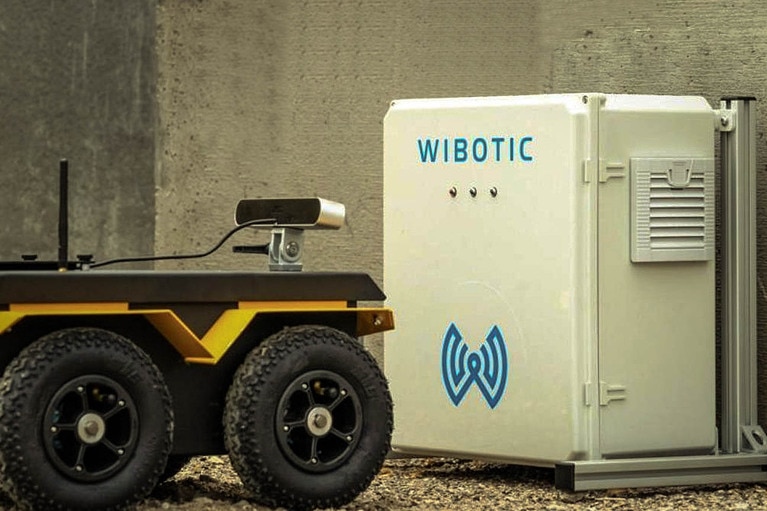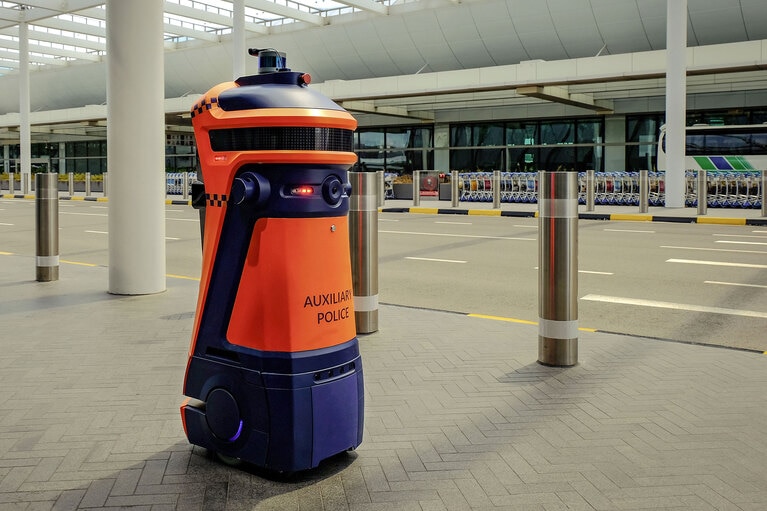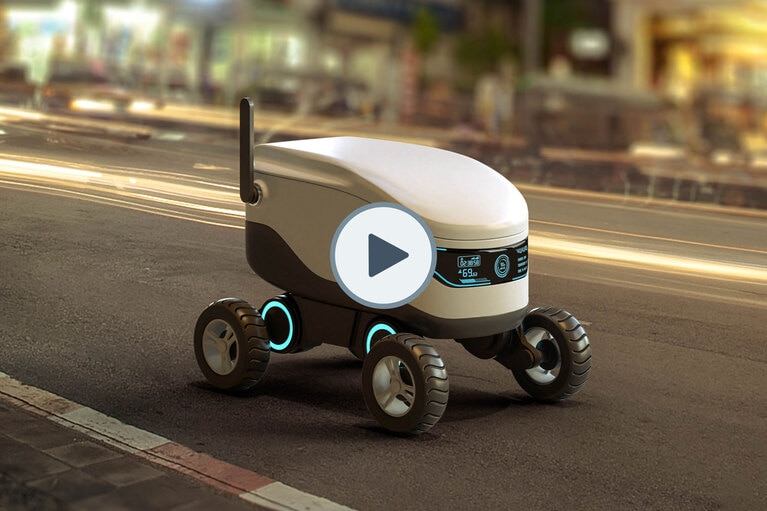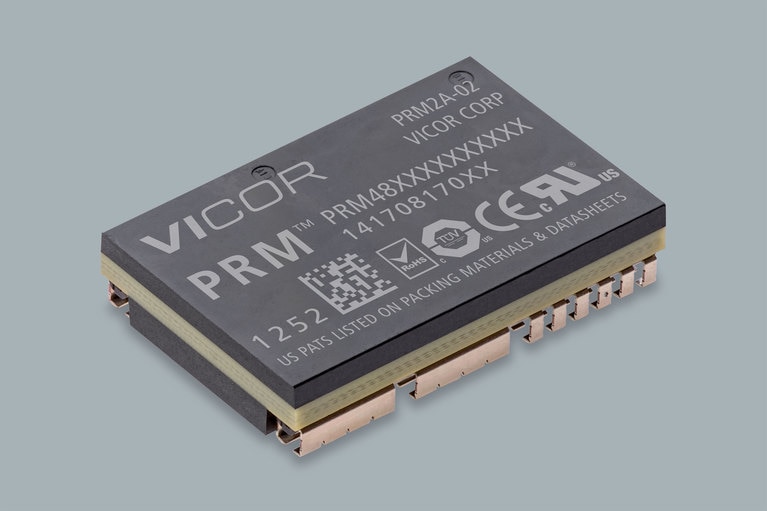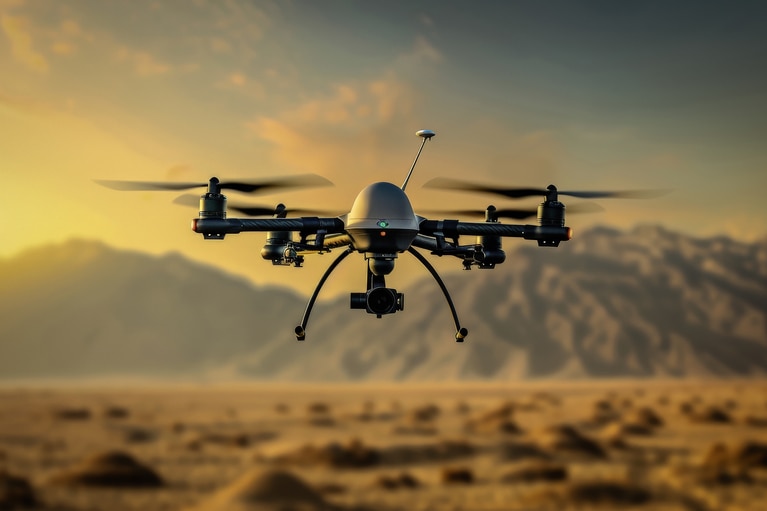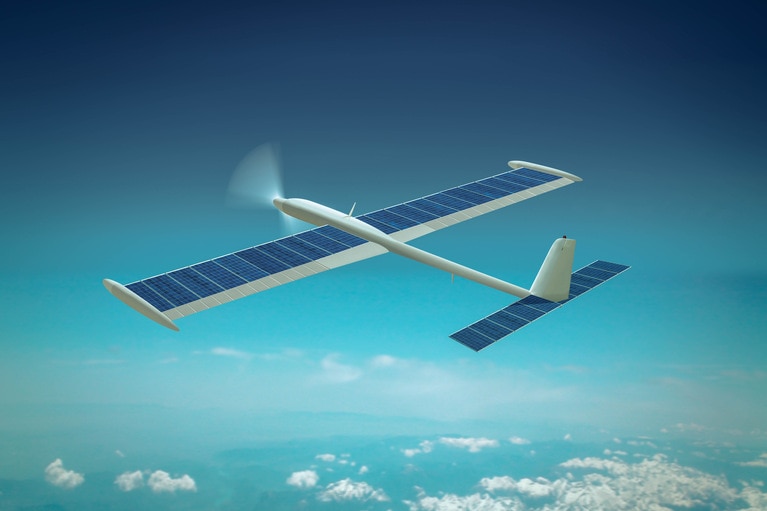
Accelerate your move to a high performance 48V power delivery network
This eBook provides guidance on designing 48V power delivery networks to enhance the performance, efficiency, and reliability of industrial products
Smart power systems and enhanced robot intelligence deliver autonomous wireless charging for optimal performance.
The demand for more efficient and flexible recharging solutions is constantly increasing. The real focus is on greater autonomy.
How can a fleet of disparate robots be more efficient with less manual intervention? One way to address the issue is with more efficient and flexible recharging solutions based on innovative power delivery networks using Vicor high-performance, high-density power modules.
WiBotic offers wireless charging and power optimization solutions for the aerial, mobile, marine, and industrial robot market. WiBotic, which designs and manufactures solutions for charging drone and robot batteries, combines both inductive and resonant systems to achieve a more seamless charging experience. Cloud-based software, APIs and tools ensure that robots reload as quickly as possible when needed or more slowly when route planning is not massive.
“A lot of our innovation for robotics comes on the output of the RF amplifier on the transmitter, and then on the receiver side, the input to the rectifier, that’s where we are able to dynamically tune our systems impedance to make sure that we are maximizing our power transfer by keeping the source and load impedances on both sides of the air-core transformer matched. We’re dynamically tuning and sensing things very quickly in real-time to accommodate movements or disruptions or changes as they happen in the system,” said Ben Waters, WiBotic CEO.
Figure 1: In the WiBotic recharging system, the transmitting unit generates a high-frequency wireless power signal through the AC source. The signal travels through an SMA coaxial cable to the transmitting antenna coil where it generates both electric and magnetic fields. The coil can be mounted in any orientation.
To achieve efficient and robust wireless charging, WiBotic employs an innovative power delivery network (PDN) that combines GaN technology with Vicor high-performance, high-density power modules.

Figure 2: The Vicor 48V VI Chip PRM Regulator PRM powers the transmitter on board the WiBotic TR-110 wireless charging station, which wirelessly powers the robot/drone on-board receiver. The PRM accepts 48V from an AC-DC power supply and the output voltage is adaptively controlled and cut off from about 20 – 55V.
The Vicor 48V PRM™ buck-boost regulator is integrated into the RF transmitter onboard the WiBotic TR-110 wireless charging station, which feeds power wirelessly to the robot/UV onboard RF receiver. The PRM accepts 48V from an AC-DC power supply and the output voltage is dynamically controlled and trimmed from approximately 20 – 55V as needed.
Vicor PRM regulator PRM48AF480T400A00
This article was originally published by EET ASIA.
Free webinars with live Q&A: Learn a better way to power mobile robots
Vicor PRM™ regulator PRM48AF480T400A00
Accelerate your move to a high performance 48V power delivery network
This eBook provides guidance on designing 48V power delivery networks to enhance the performance, efficiency, and reliability of industrial products
Build better UAVs using modular power
Power Delivery Networks (PDN) based on Vicor high performance power modules enable innovative designs for the next generation of UAV development
UAV Market Trends and Power System Seminar 2025 Taipei, Taiwan
Power modules enable top performance and innovation for today’s advanced UAVs
High-efficiency, high-density modules free up space for advanced communications and extend range
High-efficiency class of UAV depend on solar power to meet its long flight time requirements
